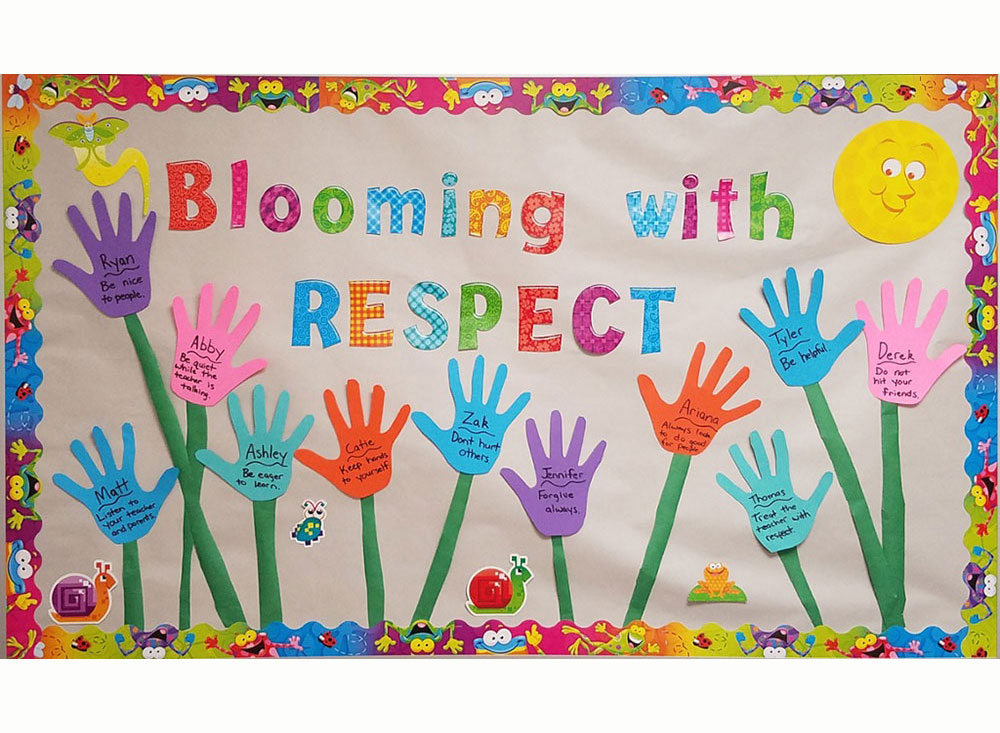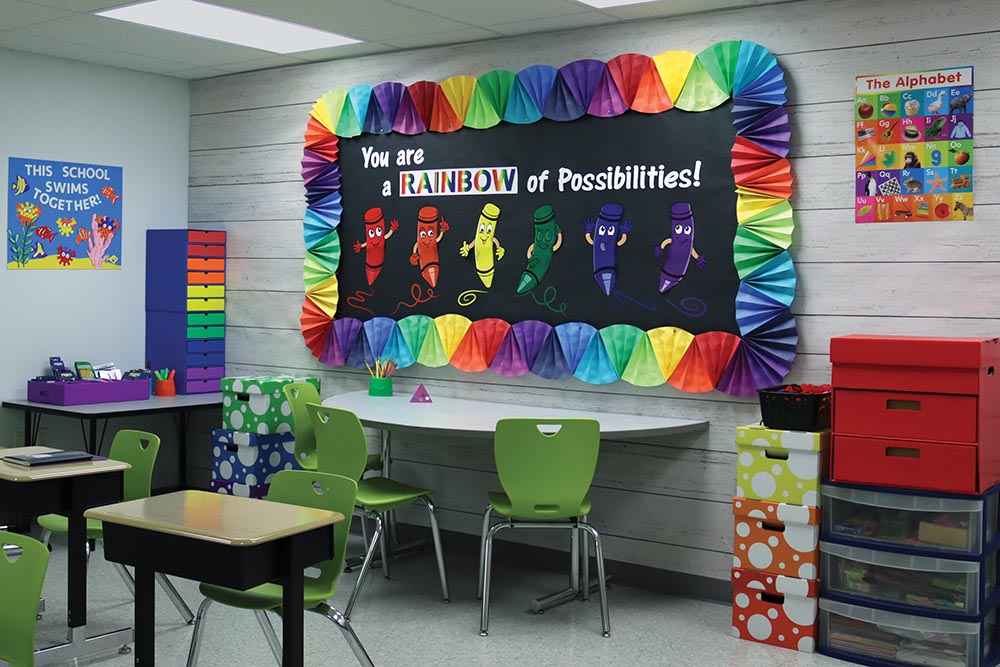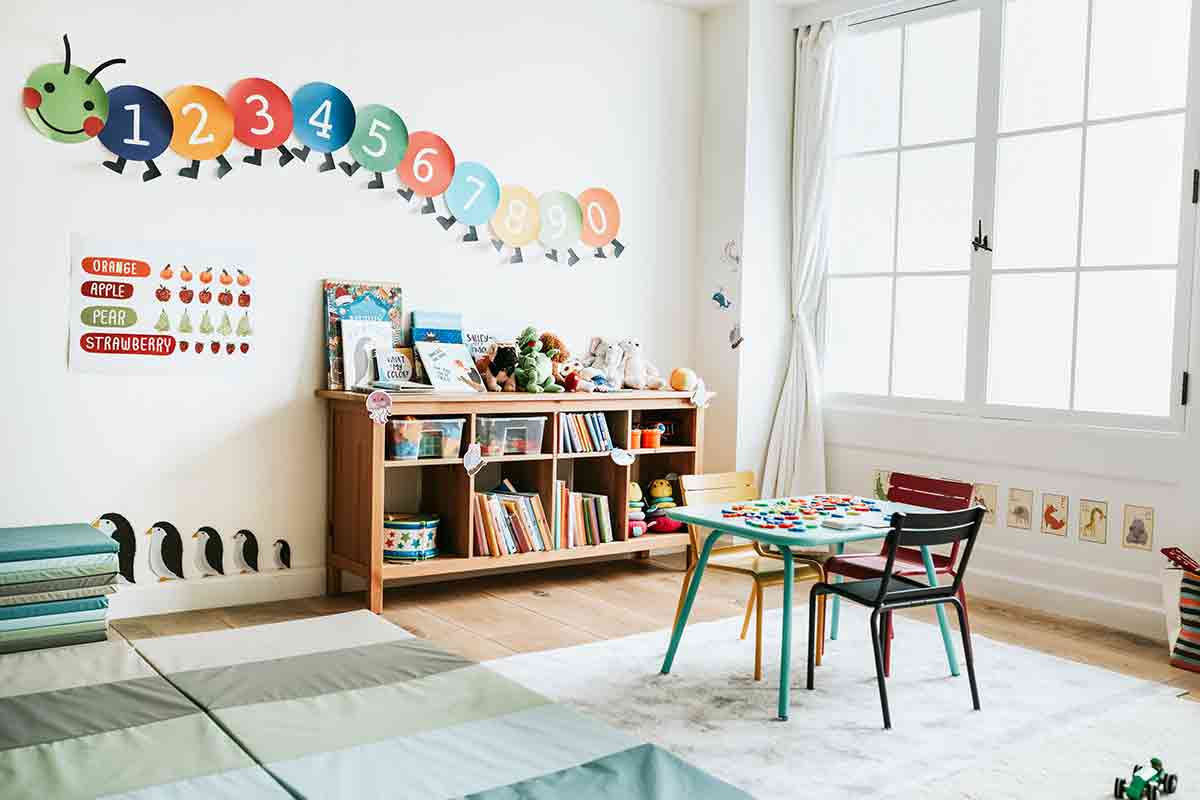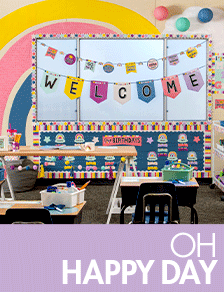When it comes to creating an inspiring educational environment, classroom decorations play a significant role. From vibrant bulletin boards to thoughtful wall art, the right decorations can enhance learning, foster creativity, and boost classroom morale. Drawing from years of experience as an educator, I’ve seen firsthand how effective decorations can transform a simple room into a vibrant learning space. In this comprehensive guide, we’ll explore various classroom decoration ideas, tips, and strategies to create an engaging atmosphere for your students.
Understanding the Importance of Classroom Decorations
Classroom decorations do more than just beautify a space. Here are several key reasons why they are essential:
- Enhances Learning: Colors and visuals can improve focus and retention.
- Creates a Positive Environment: A well-decorated classroom fosters a sense of belonging.
- Encourages Creativity: Artistic decorations stimulate students’ imaginations.
- Facilitates Organization: Clear decorations help in managing classroom routines and schedules.
Types of Classroom Decorations

Classroom decorations can range from functional to purely aesthetic. Here are some popular types:
1. Bulletin Boards
Bulletin boards can be customized to display student work, important announcements, or educational resources. They serve an essential organizational function while also allowing for creativity.

2. Wall Art
Wall art can inspire students, whether it’s educational posters or student-created pieces. They can reflect the curriculum or enhance the students’ cultural understanding.
3. Classroom Themes
Classroom themes create a cohesive look and feel. Popular themes include nature, space, and even book characters. These themes can guide decoration choices throughout the room.

4. Seasonal Decorations
Changing decorations with the seasons not only keeps the environment fresh but also allows for the incorporation of holidays and cultural celebrations, enhancing diversity and inclusion.
5. Functional Decor
Functional decor such as hooks for backpacks or labeled bins for supplies organizes the classroom and keeps it tidy, contributing to an effective learning environment.

Creative Ideas for Classroom Decorations
Now that we understand the types of decorations, let’s look at some creative ideas to enhance your classroom.

DIY Classroom Decor Projects
Nothing says ‘home’ like personalized decorations. Here are some DIY ideas:

- Personalized Name Tags: Create fun and colorful name tags for each student to foster a sense of belonging.
- Inspirational Quotes: Decorate the classroom with framed quotes that promote positivity and motivation.
- Art Collage: Have students contribute to an art collage that reflects their interests and backgrounds.
Thematic Decor Examples

Choosing a theme can make decoration decisions simpler. Here are some examples:
| Theme | Decor Ideas |
|---|---|
| Nature | Green plants, nature posters, animal cutouts |
| Space | Stars and planets mobiles, astronaut cutouts, space-themed charts |
| Book Characters | Character posters, themed corner reading areas, quotes from books |
Incorporating Technology in Decor
Today’s classrooms can benefit from integrating technology into decorations. Consider using:
- Interactive Whiteboards: Decorate around them with educational aids that can be easily manipulated.
- Digital Displays: Use screens to showcase student work or classroom announcements dynamically.
Budget-Friendly Classroom Decoration Tips
Decorations don’t have to break the bank. Here are some tips for budget-conscious decorating:
- Repurpose Materials: Use old items like cardboard, fabric scraps, or recycled paper for new decoration projects.
- Community Contributions: Encourage parents or local businesses to donate decorations or supplies.
- Buy in Bulk: Purchase items like paper, markers, and stickers in bulk to save money.
Pros and Cons of Popular Decoration Options
Before you dive into decorating, it’s essential to weigh the pros and cons of various options.
Comparison of Decoration Types
| Decoration Type | Pros | Cons |
|---|---|---|
| Bulletin Boards | Customizable, great for display | Can become cluttered if overused |
| Wall Art | Inspires creativity, adds color | May require frequent updating |
| Thematic Decor | Creates a cohesive look | Can be limiting in flexibility |
Tips for Maintaining Your Classroom Decor
Once you’ve decorated your classroom, maintaining it is crucial for sustained inspiration. Here are my top tips:
- Regular Updates: Schedule periodic updates to keep the decor fresh and relevant.
- Student Involvement: Encourage students to help maintain and refresh decorations.
- Seasonal Themes: Rotate decorations based on seasons or upcoming events.
Real-Life Experiences with Classroom Decorations
As an educator, I have implemented various decoration strategies that have significantly impacted my students. For example, I introduced a ‘Student Spotlight’ bulletin board, where I showcased a student’s work each week. Not only did this motivate students, but it also fostered a supportive classroom community. I also experimented with seasonal decorations, which allowed me to discuss different cultures and traditions with my students—all while keeping the environment engaging and fun.
Frequently Asked Questions (FAQs)
What are some easy DIY decoration ideas for classrooms?
Some easy DIY projects include personalized name tags, motivational quote posters, and seasonal wreaths made from paper or fabric.
How can I decorate my classroom on a tight budget?
Consider repurposing old materials, using items from nature, or collaborating with parents and local businesses for donations.
Are there any themes that are particularly effective for younger students?
Young students often respond well to themes such as animals, fairy tales, or outer space, which captivate their imagination and enhance learning.
How often should I change my classroom decorations?
A good rule of thumb is to change decorations seasonally or at the beginning of a new term to keep things fresh and engaging.
What are some eco-friendly decoration options?
Eco-friendly options include using recycled materials, plants, and arts and crafts made from natural elements.
Conclusion
Creating an ideal classroom environment through thoughtful decorations can lead to a vibrant learning experience for all students. By understanding the power of decor, exploring creative ideas, and incorporating various themes, you can foster a positive and engaging educational atmosphere. Remember, every effort you put into your classroom will contribute to your students’ success and well-being.
So, grab some supplies and start transforming your classroom today!